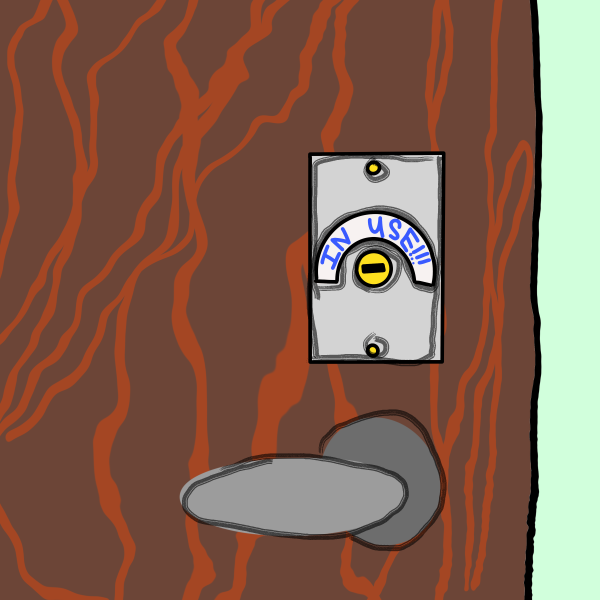Access to quarantine
Is Osborn the right place for students with COVID-19?
September 30, 2020
Opening campus during a worldwide pandemic presents a number of challenges; one of the biggest being the potential for positive cases on campus. Because COVID-19 is extremely contagious, if someone on campus were to contract COVID-19, they would have to be placed in isolation effective immediately. If they are able to return home, they can safely exit campus and rest in their own bed.
There are a few reasons why a person who tests positive might stay on campus. They might not have a safe place off campus to call home, and even if they do, they might have a high risk person in their household. Even if they don’t, they might not want to risk infecting their family.
Hamline had to figure out where to quarantine sick students. Their response has been to allow students to stay in their dorm rooms and deliver food for them three times a day. Sick people would probably love to just curl up in their own bed until they get better, but this won’t work because they still need to shower, use the bathroom, and get food.
Hamline has decided to dedicate the third floor of Osborn to people who test positive or who need to be quarantined. But this is not a good option either. Osborn is part of the Heights, three buildings that were built in 1970 and were meant to be temporary. None of Hamline’s dorms are up to date, but the Heights are falling apart more than the other dorm buildings on campus.
None of the three buildings have elevators, which is a huge oversight, and disabled people are already at a higher risk for COVID-19. While there aren’t many people in wheelchairs at Hamline, there are still high risks for disabled students who might need access to the building. If someone has trouble walking and is quarantined, how are they supposed to even get up to their room? And it isn’t just disabled students who will want to avoid stairs. Students sick with COVID-19 might not have the energy to climb two entire flights of stairs just to get up to their dorm. There are also issues of safety.
If an ambulance is called, the paramedics would have to climb up those stairs to get to the student. It’s true that they are more than prepared to tackle stairs, but it is still something that should be considered.
I do agree that the question of where to put the students with COVID-19 on campus is a complicated one, and that there is no straightforward solution. There are only two dorm buildings with elevators on campus and they both have offices and public spaces in them. Drew is the biggest dorm which is both good and bad: the sick students could be isolated to one wing, but then there is the issue of sharing the bathrooms with healthy students. They can take up a whole floor in Sorin, but each floor only has one bathroom and I don’t think everyone would be comfortable with that.
This is a very complicated matter with many moving pieces, but once again, Hamline has overlooked accessibility. There is a fine line between casual ableism and causing real harm to disabled people. We have to do better.





